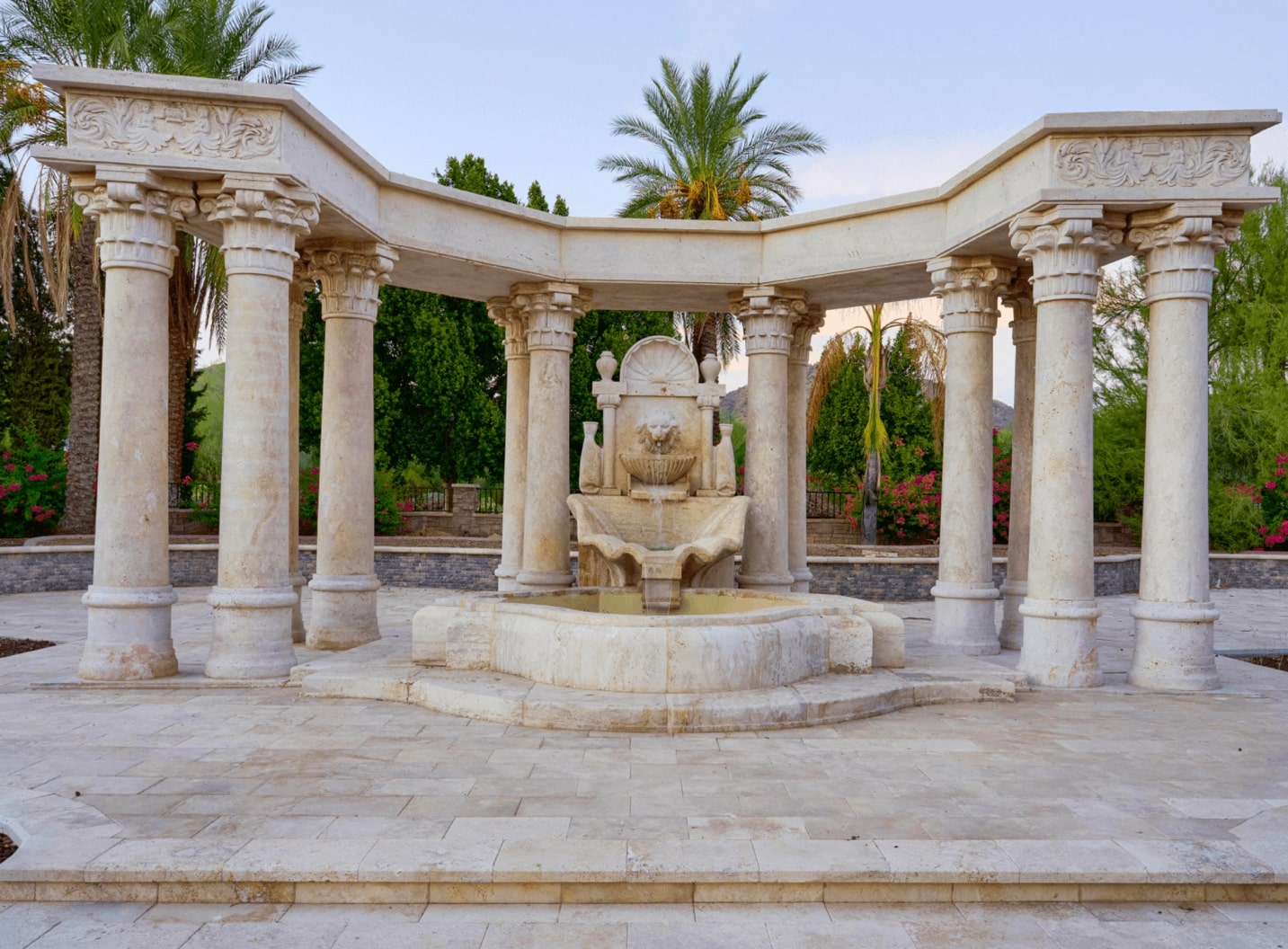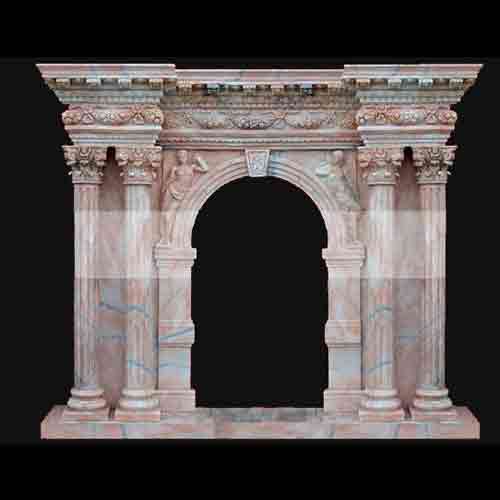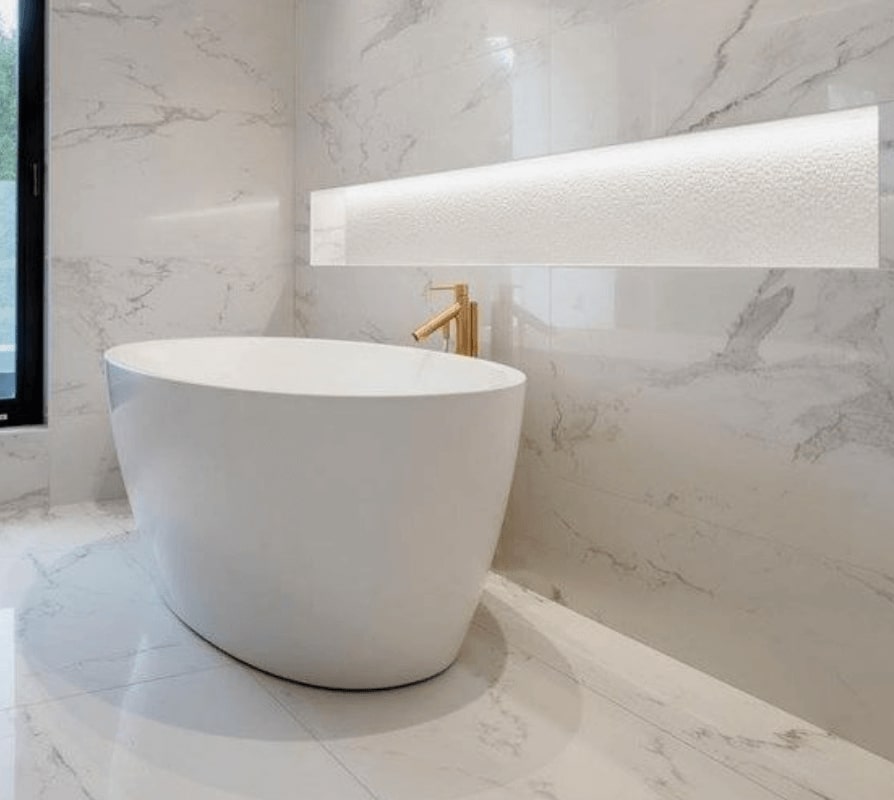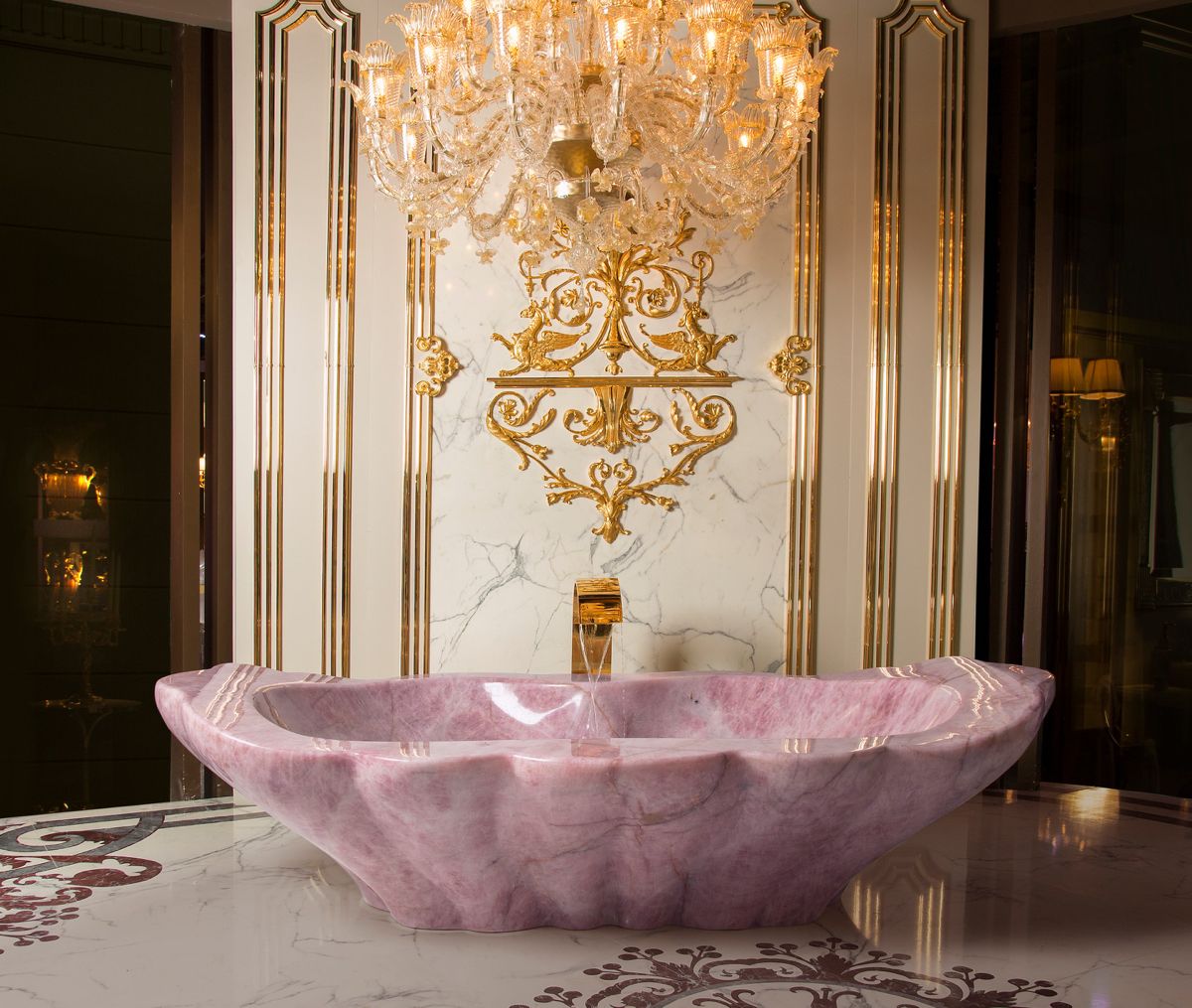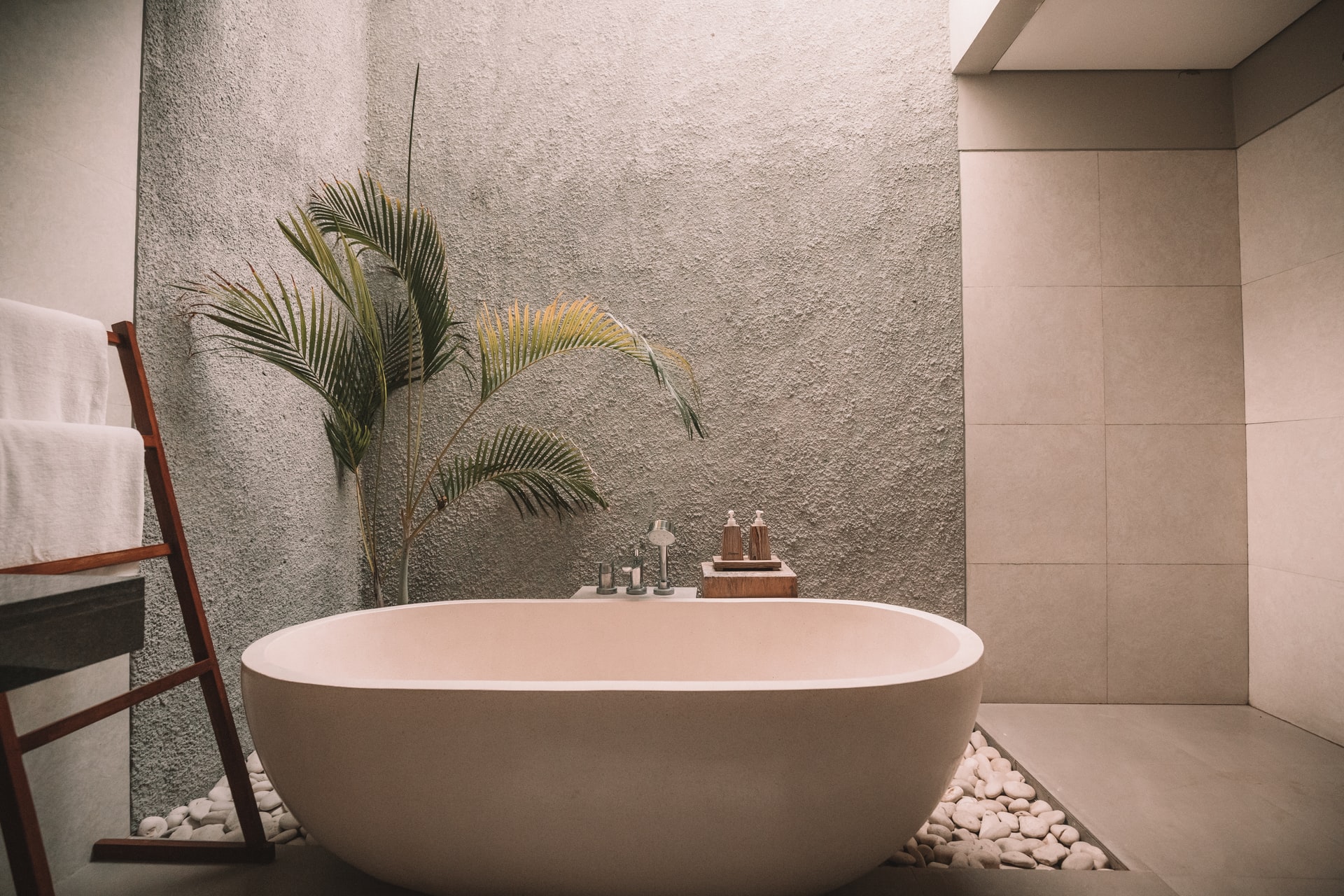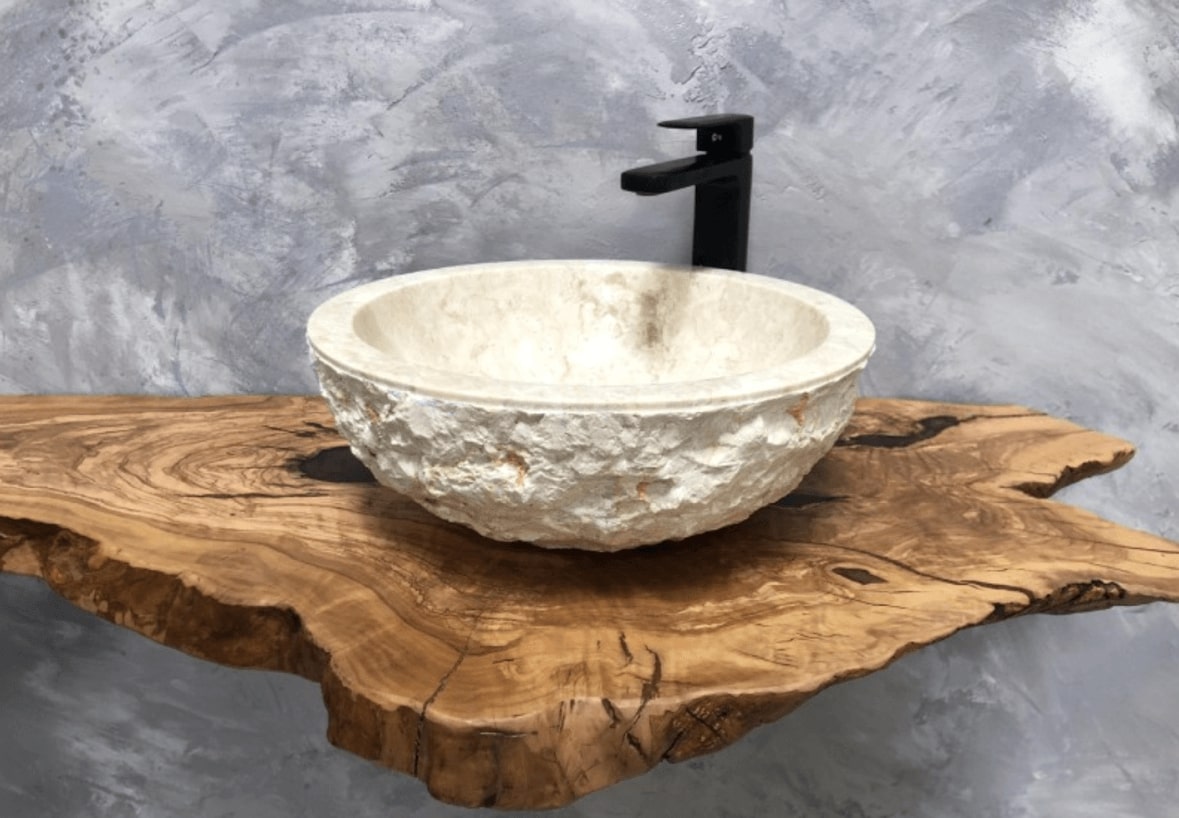A lot has been said about the subjective side of natural stone baths. Their physical beauty can be fashioned for any style, and their earthy durability makes them long-lasting, easy to clean, and secure in their foundations.
But as great as all of these qualities are, and as popular as they have made such bathtub varieties (and there are plenty of them, ranging across many different stone building materials, styles, and functions), it’s still, after all, just a bathtub you can use for a hot wash after a hard day’s work, or for a relaxing soak on your day off.
But for some people, baths mean a lot more than that. There are endless variables that makes one person’s situation different from anyone else’s, but for many, a high-quality heated bath can provide tangible health benefits, from relieving aches and pains to reducing headaches. Hot baths can help with skincare, blood flow, and muscle health, but in particular, we would like to look at how it might even help people suffering from migraines.
A migraine is a type of headache that is chronic, happening often with moderate to severe strength and typically within a small portion of the head. If they are strong enough, they can additionally cause nausea, vomiting, dizziness, and painful sensitivity to light.
Unfortunately, migraine treatment is not very well developed even in modern medicine: typical treatments tend to involve painkillers merely to relieve the intense discomfort that migraines might cause. As such, a hot bath can be used to mitigate the symptoms and provide relaxation and relief, but this shouldn’t be considered medical treatment on the level of that prescribed to a doctor. On the other hand, it’s a simple and fast first line of defense that might prove more useful than you at first expected!
The key to a relieving bath to fight your migraines is the temperature of the water. A delicate balance is necessary: the water temperature affects your metabolism, which is key for pain relief. Soaking in hot water boosts your metabolism by shouldering the responsibility of creating body heat, allowing your body to focus on other things.
However, if the water is too hot, your body temperature could rise too high, and you might become dizzy or lightheaded. Likewise, if the water is too cool, then the metabolism boost might not take place. This temperature might be slightly different for everyone, and experimentation is encouraged. Above all, the water should never feel physically uncomfortable. That would, after all, defeat the whole purpose of a relaxing bath!
Just as important as the temperature of the water, however, is the composition of the tub: that is, what it is made out of. Certain natural stones common with hand-carved artisan bathtubs can retain heat much better than other weaker materials, and it’s important to know which materials would be the best fit for your needs if you want to have a long-lasting hot soak without finding yourself in cold water by the end of the bath. Cast iron, acrylic, porcelain, and marble tubs are particular good at retaining heat, as well as granite and even certain types of wood.
Several common bathtub materials retain heat very well: both metals like cast iron and brass, as well as synthetic materials like acrylic and plastic are great at holding heat.
However, these materials come with their own lists of weaknesses: plastics are some of the least durable bathtub materials, and acrylic similarly is quite fragile and susceptible to scratches and stains. Metal tubs, on the other hand, are notoriously heavy and therefore quite difficult to handle, and they are similarly very expensive to build, transport, and install.
On the stone side of choices, soapstone is an excellent retainer of heat, without the common downsides of metal and synthetic materials.
In fact, soapstone might be one of the best heat retainers of all, holding heat as much as twice and long as cast iron, and although it lacks the distinctive classic marble color veins, soapstone still has a recognizable striation pattern all of its own. In addition, marble may not be quite as good at retaining heat as soapstone, but it is still very good, and definitively ranked among the better heat retaining stones on the market.
With its smooth round shape, deep dimensions, and, best of all, its built-in seat and slipper-shaped headrest, this Japanese soaking tub is like a jacuzzi for one. The natural white Masha marble absorbs heat efficiently, keeping the water hot and your muscles and blood vessels loose.
These are the kinds of qualities that can help boost your metabolism and relieve your migraine. In addition, the bath’s barrel-like shape is perfect for snug, cozy resting. When you’re submerged in hot water, resting your head back and letting your feet drift slightly upwards as they float in the water, the bath’s internal marble seat will start to feel more and more like a throne!
The heat-retaining brown marble of this sitting Japanese soaking bath is smooth, attractive, and easy to clean. Contemporary minimalism combines with supreme comfort thanks to the built-in ergonomic seat and the gentle curves of the bathtub’s walls, making for the ideal healing experience shoulder-deep in hot, relaxing waters. Imagine having your own personal spa installed directly into your home.
Steam billows out from within the dark brown sheen of the natural marble stone, clearing your sinuses and flushing the pores of your skin of toxins and excess oils. And like all marble tubs, this deep bowl-shaped hot tub is ideal for retaining heat for long baths, so you can soak as long as you like, in a small luxury vacation within the safety of your own bathroom.
Hot water soaks can have a positive effect on virtually every part of your body. In addition to relieving migraine headaches, warm water can benefit your cardiovascular system, respiration, skin, and everything else from blood flow to body temperature.
But the best part of all of these positive effects is how they can cumulate together to help one another. For example, if your body doesn’t have to worry about healing inflamed joints or aching muscles thanks to a hot bath doing the job for it, then it can divert those biological resources to fighting your migraine instead!
Ultimately, that is the main benefit of a hot bath: providing support to crucial body maintenance so that the more important pains or ailments can be focused on instead.
If you ever find yourself wanting to exercise, but don’t have the time or energy, try dipping into a hot bath! The high temperature of the water will slightly raise your heart rate, giving you a gentle cardio workout, which will keep your heart healthy and maintain your circulation.
Of course, this won’t burn any calories or any of the more noticeable effects that physical exercise can result in, but it will still make you feel clearer and more energetic after you have dried off and cooled down.
Steam from a hot water bath can provide health benefits for your lungs: not only does the heat and steam clear out your sinuses and remove excess mucus from your nose, but your blood will also receive a higher proportion of oxygen.
The elevated heat increases lung capacity, and the gentle pressure exerted on your chest by the water increases how much air you bring into your lungs. Between the improved blood flow and higher oxygenation, the hot bath will have supported both your cardiovascular and your respiratory systems, which in turn brings more oxygen to your brain, which brings us to the next major bodily system.
In addition to helping your lungs and airflow, the warm water can also benefit your nervous system, both in your nerves and your brain, and even act as a mild, drug-free painkiller. Its inherent stress relieving properties can also calm the nerves and fight against pain and inflammation. All of these regenerative processes combine to provide rest and support for your brain and nerves.
While the hot water can automatically relax your muscles and soothe your aching joints from the heat and hydration alone, the buoyancy of the water can also provide opportunity for low-impact exercises, which are very good for the joints. While your bathtub will probably not provide enough room for very much mobility, you don’t necessarily need to engage in full swimming to get the effects: simply paddling your feet up and down can get your blood flowing and your muscles working on a smaller scale.
Water in both liquid and gaseous form will keep your skin soft, healthy, and quick to heal: whether you’re bathing in it as a fluid, or letting the steam rest against your body and flush your nostrils, you will still enjoy an immensely healthy moisturization from a hot bath. Your skin benefits from steam just as much as your lungs, nose, and heart do.
Water also cleanses excess oil from your pores: while oil is naturally insoluble, and isn’t easily carried away by water (which is why we typically need soap to clean ourselves), this can actually be a good thing and improve your wash, as the amount of oil carried away by the water and loosened by the steam will not be excessive, and will not leave your skin overly dry and unprotected once you finish your bath and dry off.
Bathing is an easy and pleasant way to regulate your body temperature. The most obvious time to do so is during the cold winter months, when heat seems to escape into the night no matter how well you try to insulate your house… however, this doesn’t have to be the only time you use a hot bath to stabilize your body temperature.
No matter the weather, your body is always working hard to balance your internal biological environment: known as “homeostasis,” everything from acidity to water content must be precisely ratioed at all times. Hot water bathing contributes to maintaining homeostasis by raising body temperature gently until no energy is needed to maintain it: this leaves your body free to focus on other balancing acts that are equally important to your health.
But be careful when heating your water: if your bath is too hot, then instead of providing a smooth cardiac exercise with a mild heart rate increase, your heart may end up overexerted, and instead of working to keep your body warm, it will end up struggling to cool your body down. If you find yourself sweating profusely in your bath, then chances are your water is too hot, and your body is not experiencing much benefit from the heated soak. The balance can be very delicate, and everyone’s perfect temperature is unique.
Anyone who has browsed or considered our dazzling selection of natural stone tubs knows the various benefits of taking hot, relaxing soaks in such bathtubs. However, many of these benefits are luxuries: stress relief, convenience, durability, and visual beauty, to name just a small few, are certainly great advantages to have when it comes to selecting the perfect stone tub for your specific situation; however, all of these positive qualities might seem minor compared to the much greater benefit of whether or not the bath can help ease the pain of a horrible headache.
The good news is that a hot bath’s capacity to provide such a healing relief, at least to minor migraines, is genuine and documented.
Ultimately, severe or truly harmful ailments should be seen by medical professionals before the additional benefits of hydrotherapy are pursued: sitting back in a warm tub should not be seen as the first line of defense with a chronic medical condition, to say nothing of emergencies.
However, over time, the gentle nudges that hydrotherapy makes towards brain, heart, and nerve health can culminate into a much healthier life overall, and the stunning natural stone bathtubs made of marble, granite, soapstone, and other common materials are the perfect way to get started on a lifelong journey of health, comfort, and hygiene! For more Customized Stone Bathtub, Natural Stone Tubs, or stone tub please contact us by email.

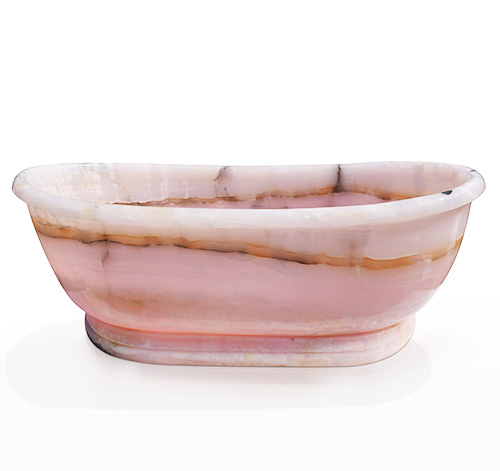



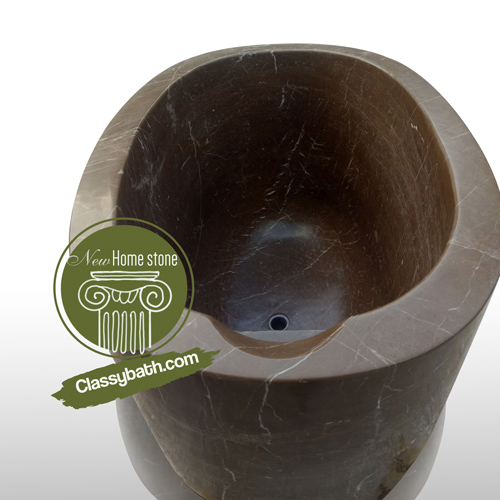






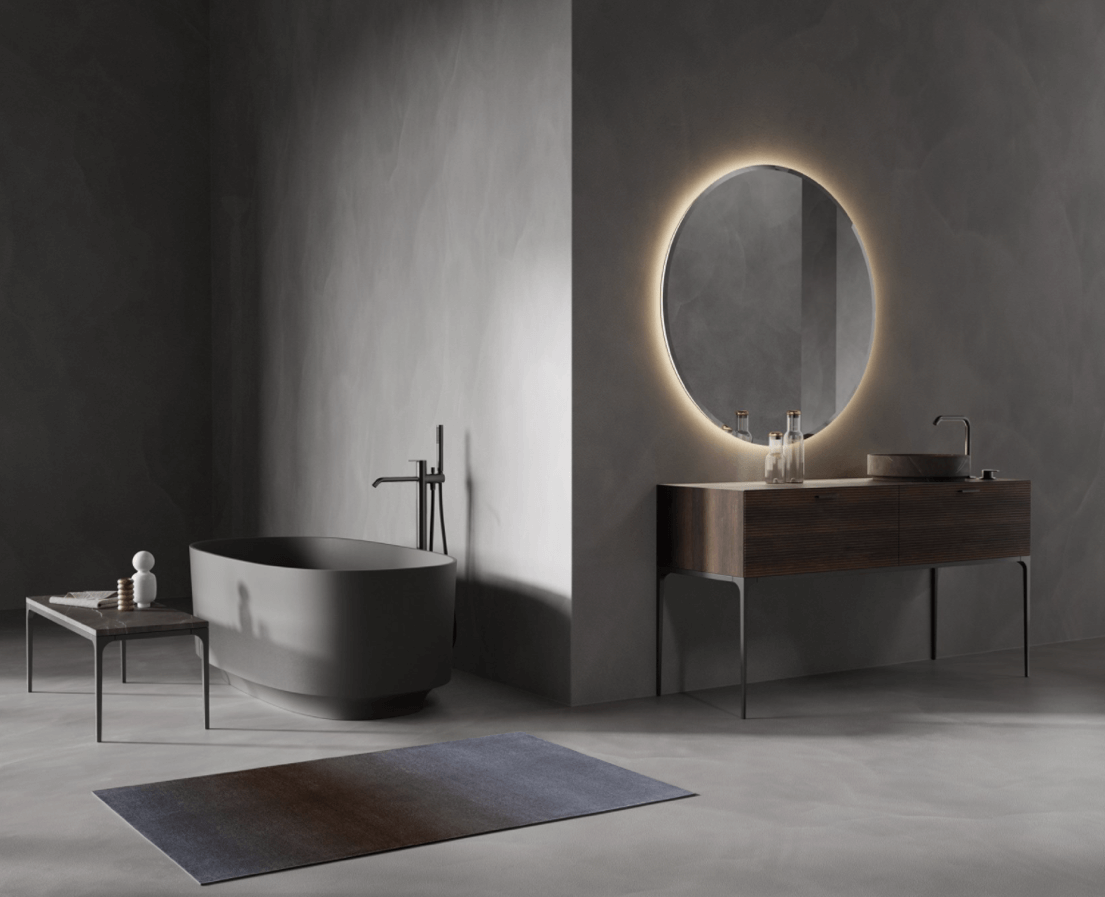
.png)
